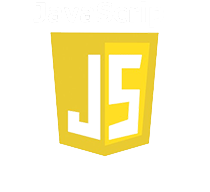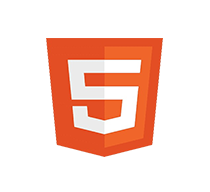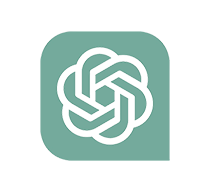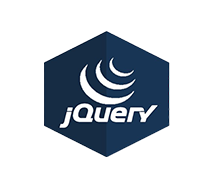info@futuremultimedia.in
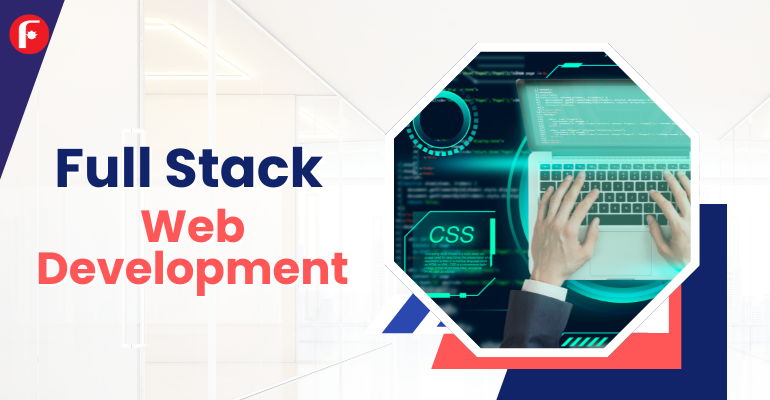
Full Stack Web Development Course in Indore with Guaranteed Placements
Our intensive Full Stack web developer course in indore with placement is designed to transform you into a versatile developer, proficient in both front-end and back-end technologies. With a strong emphasis on practical learning and industry-relevant projects, you'll gain the skills and confidence to build robust, scalable, and user-centric web applications
Full Stack developer Coaching in Indore: Key Highlights
- Comprehensive Curriculum: Our full stack development course in Indore covers front-end and back-end technologies, including HTML, CSS, JavaScript, databases, and more.
- Expert-Led Training: Learn from experienced industry professionals who have a deep understanding of full stack development concepts and best practices.
- Hands-on Projects: Gain practical experience by working on real-world projects that simulate industry scenarios, boosting your confidence and portfolio.
- Placement Assistance: Benefit from dedicated placement support, including resume building, interview preparation, and connections with top companies hiring full stack developers.
- Flexible Learning Options: Choose from online or offline learning modes to fit your schedule and preferences. Our supportive learning environment ensures your success.
A Comprehensive Guide to Full Stack Web Developer Courses & Certifications Indore
Full stack web development is about making complete web applications from beginning to end. This includes front-end development, which is all about how the user interface (UI) looks and how the user experience (UX) feels. It also includes back-end development, where you work with server-side logic, databases, and making sure the application works well, often enhanced by years of experience from skilled full stack web developers and web designers.
A full stack developer has a wide range of skills. They can manage everything involved in software development for web applications. This makes them very valuable in today’s tech-focused world.
The Role of a Full Stack Developer
A full stack developer is a type of web developer. They can create and maintain all parts of a web application. This includes the front-end user interface and the back-end infrastructure. Their job is to design, code, test, and deploy web applications that fit the needs of users.
Choosing The Best Full Stack Web Development Class In Indore
Choosing the right full stack web development Class in Indore is very important for your learning. You should look into and compare different programs. Check their reputation, course content, and the teachers’ qualifications.
Find courses that focus on practical work and hands-on projects. They should also provide help from expert trainers who have real-world experience. A good course should teach both front-end and back-end technologies. It should also include database management and important development tools.
Factors to Consider When Selecting a Full Stack Web Development Training
Before you decide on a full stack web development training program indore , think about these points:
Future Multimedia as Your Learning Partner for full stack web development Course Indore
Future Multimedia in Indore is a top choice for IT training. we offer courses in full stack development that help people gain the skills they need to succeed in the job market. our program covers both front-end and back-end technologies, preparing students for many development jobs.
we focus on practical learning. Students work on live projects and real-world problems. This hands-on experience helps them build a strong portfolio to show future employers. Skilled professionals at Future Multimedia give guidance and support, creating a great learning environment for students to grow.
Job Market for Full Stack Developers in India
The job market for skilled full stack developers is growing quickly. There is a high demand for these skilled workers. Many companies want to build a strong online presence. This means they need developers who are good at both front-end and back-end work.
Because of this demand, full stack developers can earn competitive salaries. They also have great job opportunities. This makes it a good career choice for people in the tech field




